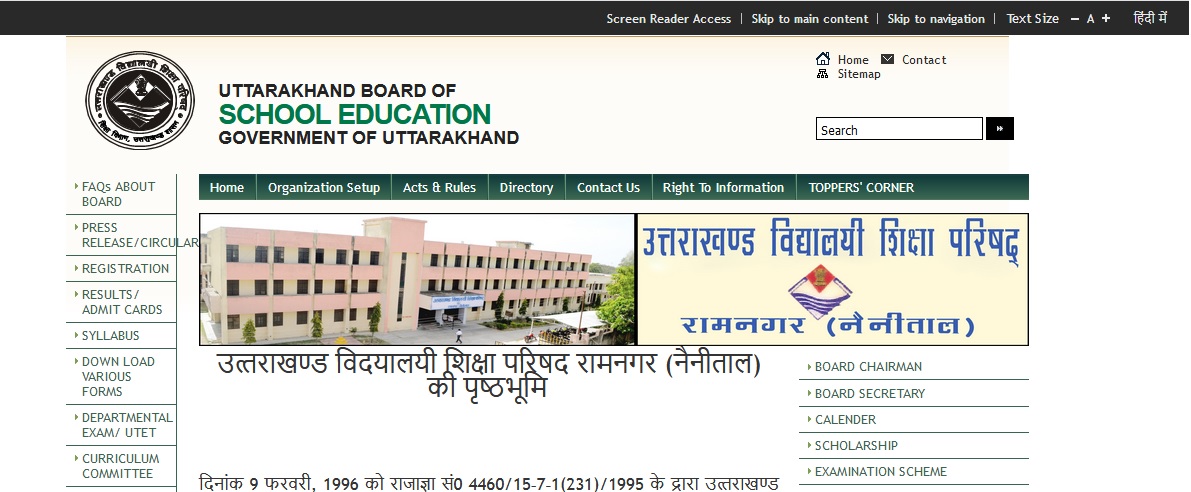Anatomy,Physiology & Pathophysiology-I B.Pharm Question Paper Model : uptu.ac.in
University : Uttar Pradesh Technical University
Degree : B.Pharm
Semester : I
Subject : Anatomy,Physiology & Pathophysiology-I
Document Type : Model Question Paper
Website : https://aktu.ac.in/
Download Model/ Sample Question Papers :
https://www.pdfquestion.in/uploads/6180-human_anatomy_and_phy..pdf
UPTU Anatomy,Physiology Question Paper
B. Pharm. First Semester Examination (2008-09)
Paper Code- PHAR 115 Paper ID- 5097
Related : Uttar Pradesh Technical University General Pharmacy B.Pharm Question Paper Model : www.pdfquestion.in/6173.html
Marks-80 Time- 3hrs
Section-A
1. A(n) ___________is a group of similar cells and their surrounding material also performing specific function.
2. The sum of all of the body’s chemical process is ____________. It consist of two parts: The phase that builds up new substance is ____________, and the phase that breaks down substance is _______________.
3. The fluid located within cells is the _______________, whereas the fluid located outside of the cells is __________________.
4. Indicate whether the following statement true or false- A person lying face down would be in the supine position-__________
5. A point of contact between two bones, between bones and cartridge, or between bone and teeth is called(m) ___________________.
6. The surgical procedure in which a severely damaged joint is replaced within artificial joint is known as _________________.

7. Chewing your food involved _____________________.
8. Synovial fluid functions to ______________________.
9. A single somatic meter neuron and all of the muscle fibers is stimulate is known as _____________
10.The synaptic end bulbs of somatic motor neurons contain synaptic vesicles filled with the neurotransmitter _________________.
11.Choose True or False- The ability of muscle cells to respond to stimuli and produce electrical signals is known as excitability- _________
12.Synapse between a motor neuron and a muscle fiber ________________________.
13.EPO (Erythropoetin) helps in ____________________.
14.____________ factor responsible for Erythroblastosis factalis.
15.Aspirin is an anti prostaglandin drug that inhibits ______________
16.True or False- Vitamins A,B,D, and K are fat suitable vitamins- ___________
Section B
Q2. Write short notes on any six of the following : (6×4=24)
a) Synovial joints b) Tendon reflex c) Desmosomes d) Hyoid bone
f) Transmission of nerve impulse across the neuromuscular junction
g) Mitochondria h) ABO blood group
Section C
Attempt any four of the following : (4X10=40)
Q3. Explain the concept of selective permeability. Discuss the membrane fluidity? [5+5=10]
Q4. Describe the process involved in bone remodelling? [10]
Q5. What is muscle tone? Describe the isotonic and isometric contractions? [2+4+4=10]
Q6. List the cranial nerves. Describe the role of VIII cranial nerve? [5+5=10]
Q7. What is balanced diet? Describe vitamin. A deficiency. How this can be prevented [2+4+4=10] and treated?
Syllabus
Unit I :
Introduction to human body and organization of human body. Functional and structural characteristics of cell. Detailed structure of cell membrane and physiology of transport process. Structural and functional characteristics of tissues- epithelial, connective, muscle and nerve.
Unit II :
Skeletal system : Structure, composition and functions of skeleton. Classification of joints, types of movements of joints.
Muscular system : Anatomy & physiology of skeletal and smooth muscle, energy metabolism, types of muscle contraction, muscle tone.
Unit III :
Demography and family planning, medical termination of pregnancy.
First aid : Emergency treatment of shock, snake bites, burns, poisoning, fractures and resuscitation methods
Unit IV :
Sense organs : Basic anatomy and physiology of the eye (vision), ear (hearing), taste buds, nose (smell), and skin (superficial receptors).
Unit V :
Communicable diseases : Brief outline, their causative agents, modes of transmission and prevention (Chicken pox, measles, influenza, diphtheria, whooping cough, tuberculosis, poliomyelities, helminthiasis, malaria, filariasis, rabies, trachoma, tetanus, leprosy).
Suggested Practicals :
1. Preparation of charts/ models of the following :
A. Joints,
B. Sense organs (eye, ear, taste buds, skin, nose)
C. Resuscitation methods
D. Malaria life cycle
E. Neurotransmission
F. Structure of cell
G. Transport across cell membrane
H. Mechanism of muscle contraction
I. Human Skeleton
J. Structure of neuron
2. Preparation of charts/ models on selected topics from the course content.
Books Recommended :
1. Marieb E.N. Human Anatomy and Physiology, Benzamin Cummings (Pearson Education Inc.).
2. Park K., Preventive and Social Medicine, Banarsidas Bhanot.
3. Seeley R.R., Stephens T.D. and Tate P. Essentials of Anatomy and Physiology, McGraw-Hill.